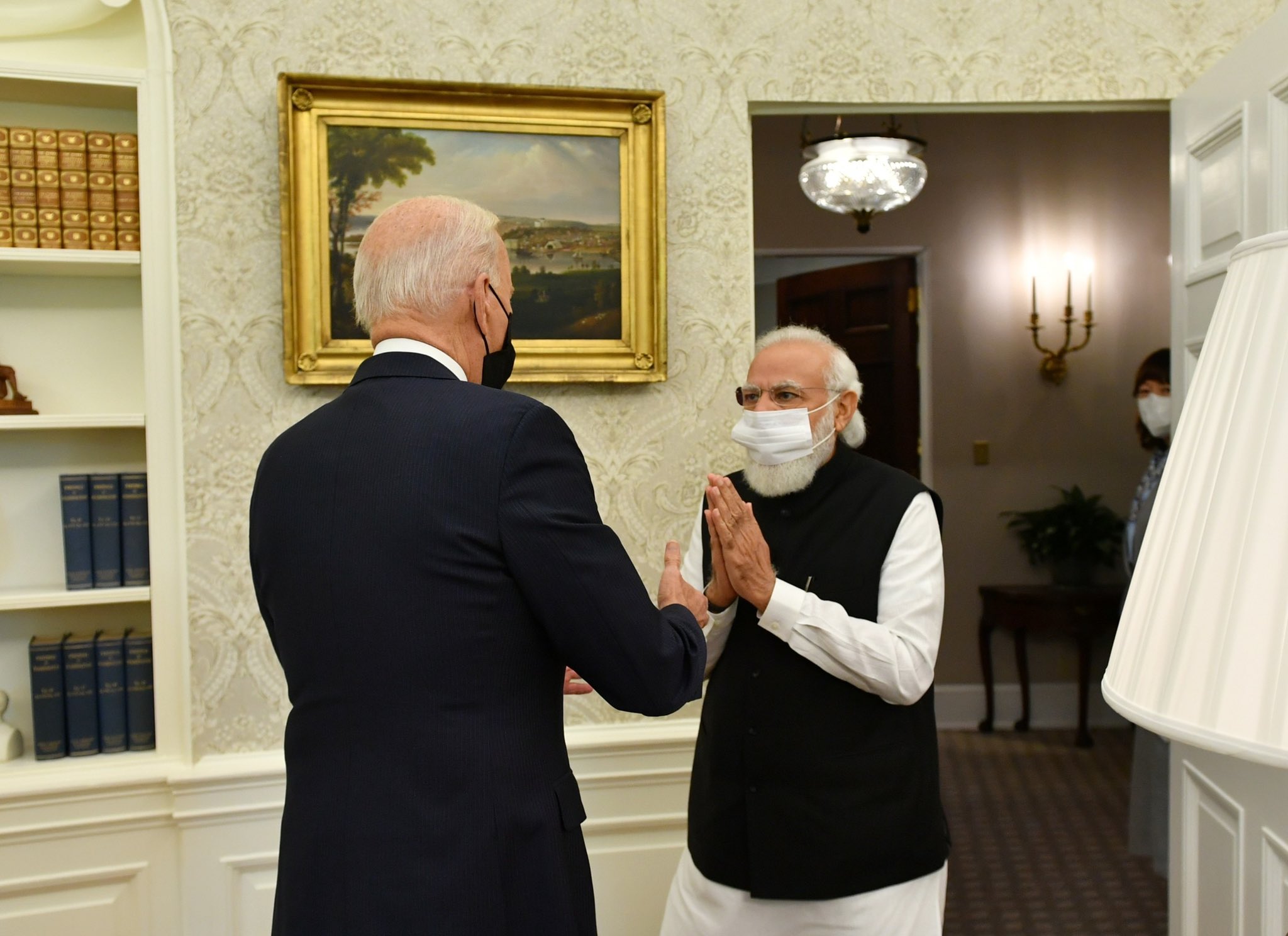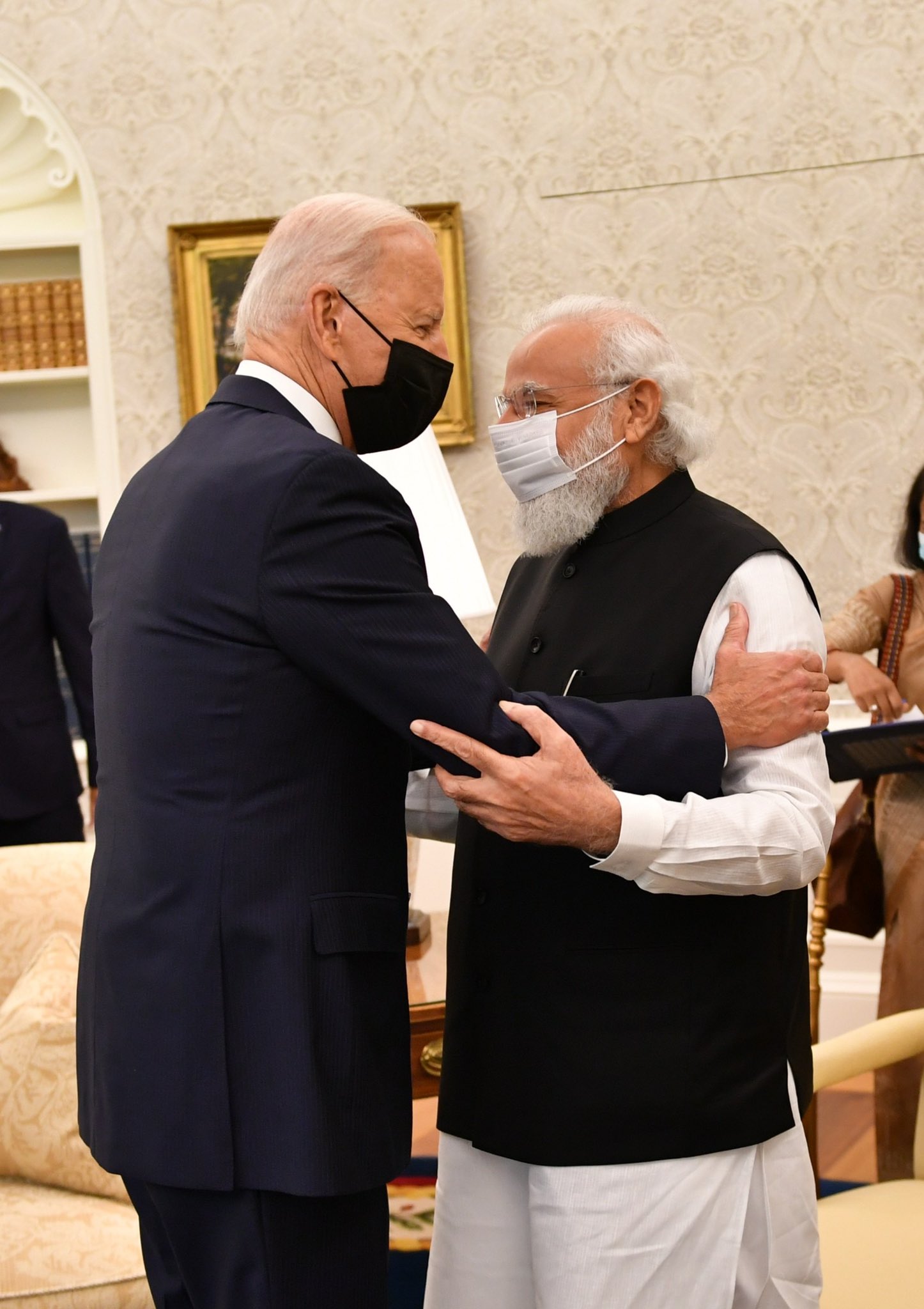Eyes of the global diplomatic community were on Indian PM’s three-day visit to the United States. The bilateral meeting of Narendra Modi and US President Joe Biden to address the world with issues of significance and strengthen bilateral relations between two nations.
Indian PM talked in Hindi that was translated into English for the media, which reflect the patriotism of using the mother language at this vital juncture. If you have noticed Indian PM’s communication style closely, before and during his visit to the US, the readers must have realised the sophisticated manner of the Indian PM to address the Indian diaspora in all his opening remarks.
The media usually asks tough questions during the interviews, and usually, these questions are not extempore goes through series of preparation. This op-ed highlights the significance of different interviews methodology that is used to conduct interviews
Interviewing: A sophisticated art
Interviewing is considered to be the most crucial part of extracting the information from the guest. It is verbal interaction with others to gather information from them. Interviewees’ replies to the interview are an essential source of primary information rather than the interviewer’s views.

Kavle (1996) stated, “interview seeks to describe and the meaning of central themes in the life world of the subjects. It aims to understand the meaning of what the interviewees say”. Interviews are useful to know the story behind a participant experiences and the interviewer can try to find in-depth information around the topic (McNamara, 1999).
The interviewer should have basic general traits knowledge, structuring, clear presentation, gentle, steering, critical, remembering and interpreting. Preparation for an interview is highly imperative, that has some sequence pattern of questions and procedure of conducting an interview. Interviews as art can usually be divided broadly into four categories: Structured interviews, Semi-structured interviews, unstructured interviews and lastly, non-directive interviews and informal conversational interviews.

Structured Interviews
It is known as a standardized interview. During this process, interviewers ask set patterns and structures of questions from every respondent. They cannot do any modifications in these questions. The tone of the voice while asking questions is mostly maintained the same in order to maintain objectivity. To ask questions from the individuals, they prepare an interview schedule which is a kind of valuable tool used to collect the information.
Interviewer set pattern of questions, either open-ended or written questions in written form are prepared by the interviewer\s, and they use any mode of communication, e.g. face to face, telephonic or any other electronic media to gather the statistics. The purpose of this interview is to aggregate the interviewees’ replies and questions that are usually very specific and there is a fixed range of answers. The structured interview has some rigidity where probing can be a problem area, and respondents may hear and interpret the questions in a different manner. The positive point of this kind of interview is that interviewer has complete control over the topic and format of the interview.

Semi-structured interview
It is non-standardized and mostly used for analysis. It is a kind of interview during which different questions are prepared by the interviewers, but they may not deal with some questions during the time of the interview in order to assemble the information about some problems or issues.
The interviewer has a list of themes, questions and issues to be covered. The sequence of questions can be varied, as additional questions can be asked. It’s not necessary for the interviewers need to follow the set pattern of asking the questions; they may change the order of the questions according to the situation. During this type of interview, the also interviewer gathers the information by preparing notes or using recorders during the time of the interview. This interviewer gets the opportunity to probe for views and opinions of the interviewee and through probing, new answers can be derived.
The interviewer of semi-structured interviews is freer than a structured one. In a semi-structured interview, the interviewer has the liberty to do a detailed interview guide. This helps the interviewer to explore, probe and ask questions that will elucidate and illuminate that particular subject. The interviewer can prompt and probe deeper into a given problem. An interviewer can explain the questions if the interviewee is not able to understand any questions.
Unstructured interviews
This interview pattern is a non-directed, flexible method and more causal. By its name, an unstructured interview means there is no set pattern or structure to conduct the interview from the individuals. During this process, the interviewer is flexible to follow any structure and use any content. They also have the freedom to formulate their questions and ask the questions in any way they want from their respondents. Interviewees in this method can speak openly, frankly and in a detailed way. The interviewer does not receive professional training for conducting unstructured interviews.
Informal conversational interviews
Non-directives interviews are used to do an in-depth investigation about the topic and in this form, interviewers do not prepare pre-planned questions. In this, interviewers have the freedom to answer the questions around the issue. During this type of interview, it is the work of the interviewer to check on the unsure points and try to rephrase the answers to make them more understandable and accurate.
An informal conversational interview is a process the interviewers use to ask open-ended questions from the respondents. They start by asking some general questions and freely generate more questions as further development in the interview.
Conclusion
Indian PM has been an expert orator, and a leader who knows the sophisticated art to reply as per the nature of the question and his facial expression says volume during the interview. Overall, the interviewer needs to do his/her homework to conduct an objective interview, especially when taking of leaders like the status of Indian PM.
Lastly, the interviewer must keep aside personal biases and interview on merit. Interviewers do not emerge from a vacuum, as they have some predefined notions, but a rational professional will use interview methodology as a powerful weapon to discern the truth.
Author: Dr Sakul Kundra, A.HOD Department of Social Science, College of Humanities and Education, Fiji National University.

Disclaimer: The views expressed are his own and not of The Australia Today or his employer. For comments or suggestions, email. dr.sakulkundra@gmail.com




